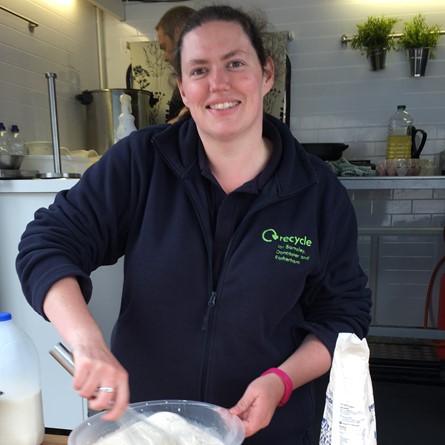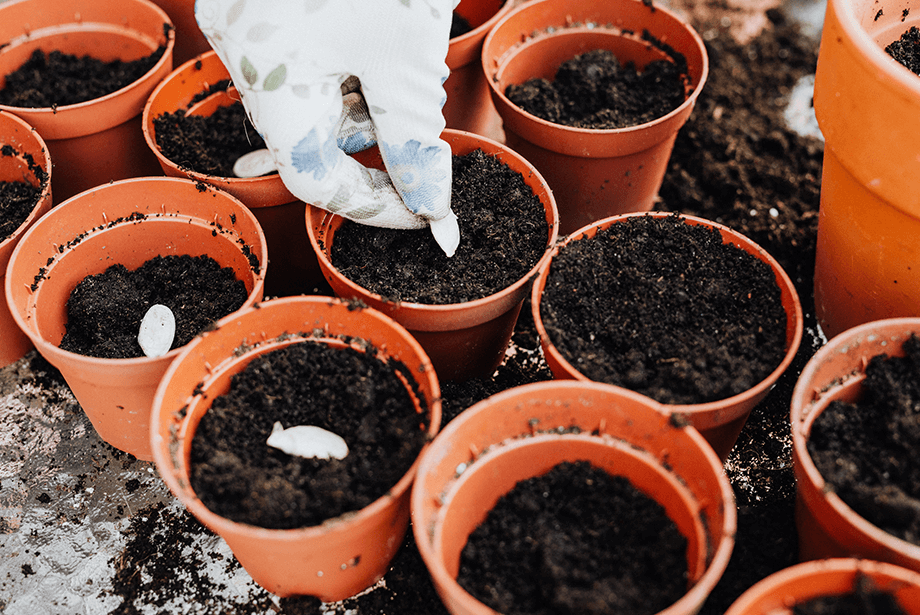Sift your compost
If your compost still has twigs and eggshells in it, you can simply sift them out and return any larger bits to your compost bin to carry on composting
Soil conditioner
Digging compost into your soil can help improve the condition of your soil. It can improve the soil structure, maintain moisture levels and keep it pH balanced.
Potting mixture
Mix your compost with regular soil or leaf mould to create a healthy potting mixture for patio containers. About a third of the mix should be compost, slightly less when you are planting seeds, homemade compost is too strong to use on its own for planting into.
Flowerbeds
Help your new plants and flowers bloom by digging a 10cm layer of compost into the soil before planting.
If your flowers are already planted, just spread a thin layer of compost around the base of the plant.
Vegetable and herb patches
Compost is great for growing herbs (such as chives, parsley and mint) just crumble the compost around the base of the plant.
Vegetables will also grow better with compost added to their soil so make sure you apply the compost with each rotation.
Mulch
Mulch is a layer of material added to the surface of the soil. It improves soil structure, prevents erosion and conditions the soil.
Add a 5cm layer of ‘rough’ compost (where it has not completely broken down) on flowerbeds and around shrubs, making sure that there is a gap around any soft-stemmed plants.
Feeding your lawn
Adding compost to your lawn can help young grass take root and make your grass healthier and greener.
Sift your compost and remove any large twigs or items that have not fully broken down. Then mix it with an even amount of sharp sand to compost, as this will allow it to spread more easily.
Mature lawns can benefit from this little extra kick of nutrients but be aware that newly seeded or turfed lawns can be scorched by it.
Trees
Spread a 5-10 cm layer of your compost around the roots of your tree. Avoid the base of the tree and do not spread any too close to the trunk.
Doing this once or twice a year will provide your tree with nutrients that help it grow stronger and taller and help protect it against drought and disease.
Read about the benefits of composting here!
Follow our compost campaign on social media! Search #SouthYorkshireComposts for more information.






